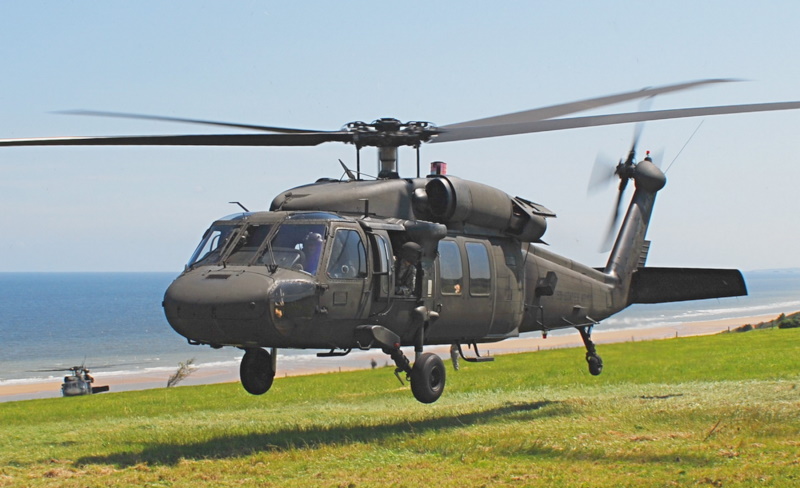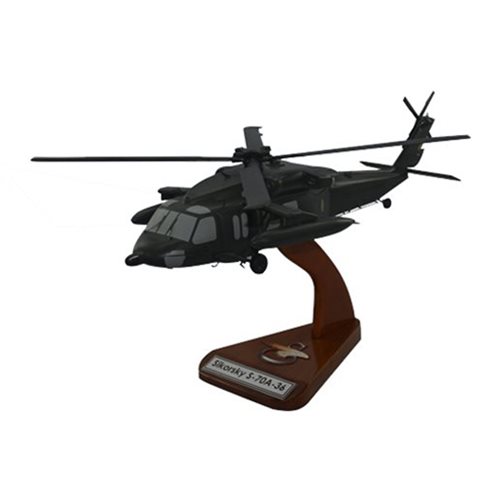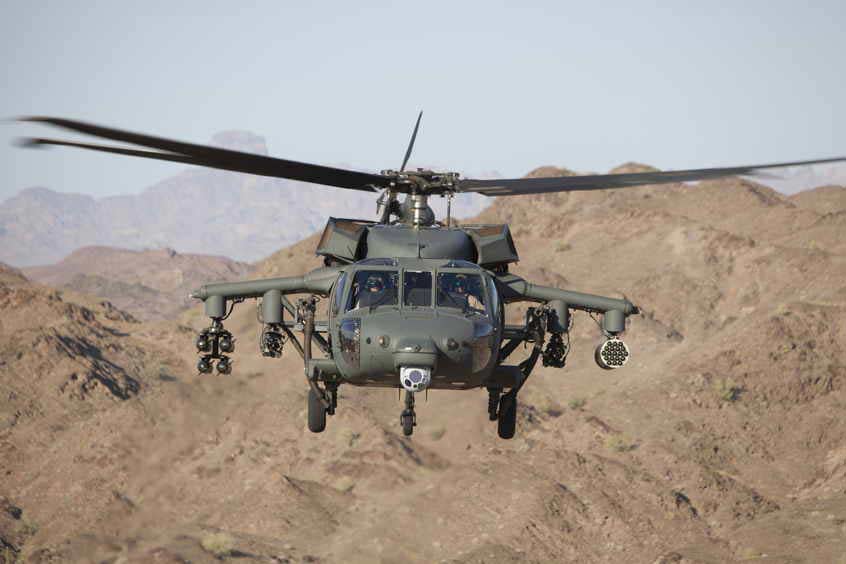Unveiling the Sikorsky S 70: Advancements and Advancements in Helicopter Design
Wiki Article
High-Performance Multi-Role Rotorcraft Featuring Advanced Cabin Technologies and Integrated Sensing Unit Systems
The world of rotorcraft modern technology has actually seen notable innovations in recent times, particularly in the realm of high-performance multi-role rotorcraft geared up with sophisticated cabin technologies and flawlessly incorporated sensing unit systems. In the following conversation, we will certainly discover the development of rotorcraft technology, dive right into the world of advanced cabin developments, and check out the implications of incorporated sensing unit systems on the functional flexibility and effectiveness of modern rotorcraft.Development of Rotorcraft Technology
The advancement of rotorcraft technology has been marked by considerable innovations in aerodynamics, products, and propulsion systems, forming the capacities and performance of modern-day rotorcraft. Furthermore, improvements in propulsion systems, consisting of much more effective engines and ingenious propulsion modern technologies, have actually allowed rotorcraft to achieve greater elevations, faster rates, and greater hauls.These developments have not only transformed the capabilities of rotorcraft but have actually likewise broadened their applications across numerous industries, consisting of armed forces, business, and emergency situation services. The constant development of rotorcraft innovation continues to drive development in the area, pressing the boundaries of what is feasible and shaping the future of vertical trip.
Advanced Cockpit Innovations
Building upon the foundational improvements in the rules of aerodynamics, materials, and propulsion systems, the world of rotorcraft technology currently shifts emphasis towards pioneering Advanced Cockpit Innovations. The integration of sophisticated modern technologies within the cockpit environment plays a critical function in improving the functional capabilities, safety, and efficiency of modern-day rotorcraft. sikorsky s 70. Advanced Cockpit Innovations include a wide variety of attributes developed to give pilots with enhanced situational understanding, structured data administration, and intuitive control interfacesAmong the essential advancements in cockpit layout is the implementation of glass cockpits, which change standard analog gauges with high-resolution display screens. These electronic systems provide adjustable formats, real-time information integration, and improved readability, allowing pilots to accessibility crucial info at a look. In addition, advanced avionics systems, such as fly-by-wire controls and enhanced reality displays, are changing just how pilots interact with the aircraft, enabling accurate control and enhanced decision-making abilities.


Integrating advanced cabin technologies not only enhances pilot efficiency yet likewise contributes to total objective effectiveness and safety and security in complicated operational settings. By leveraging cutting edge technologies within the cabin, rotorcraft producers are establishing brand-new requirements for operational excellence and goal success.
Integrated Sensor Equipments
With the development of rotorcraft technology, the assimilation of advanced Integrated Sensing unit Systems has come to be critical in boosting operational performance and safety. These Integrated Sensing unit Equipments include a vast range of modern technologies that provide important data for different features such as navigation, monitoring, targeting, and ecological monitoring. By perfectly integrating sensors like radars, electronic cameras, lidar, and infrared systems into rotorcraft, operators can gain from improved situational understanding, boosted mission capabilities, and minimized pilot work.One key benefit of Integrated Sensing unit Equipments is their capability to gather real-time information and give actionable insights to pilots and objective drivers. For instance, progressed radar systems can detect and track targets over cross countries, permitting very early hazard discovery and effective reaction planning. Additionally, integrating infrared and electro-optical electronic cameras enables rotorcraft to conduct reconnaissance and security missions with precision and precision.
In significance, the combination of sophisticated sensing unit modern technologies look at this site right into rotorcraft not just boosts functional efficiency however likewise contributes substantially to general objective success and crew safety. As rotorcraft remain to evolve, the duty of Integrated Sensing unit Solution will certainly remain at the forefront of innovation in the aerospace sector.
Functional Flexibility and Efficiency
Enhancing functional convenience and effectiveness in rotorcraft is a natural development from the assimilation of innovative Integrated Sensor Systems. By leveraging the information and understandings provided by these sophisticated sensing unit systems, rotorcraft can optimize their efficiency across various goals and atmospheres.Operational adaptability includes the capacity of rotorcraft to adapt to different functions and scenarios successfully. With sophisticated cabin modern technologies and integrated sensor systems, rotorcraft can seamlessly change between tasks such as search and rescue, medical emptying, surveillance, and a lot more. This flexibility boosts the rotorcraft's ability to fulfill diverse functional needs without calling for comprehensive reconfiguration.
Performance in rotorcraft operations is critical for more info here making the most of goal effectiveness and source utilization. Integrated sensor systems play a crucial function in boosting functional efficiency by supplying real-time information on climate condition, surface mapping, target tracking, and much more. This information makes it possible for pilots to make informed decisions promptly, maximize flight paths, save gas, and enhance general mission efficiency.
Impact on Modern Air Travel Workflow

Furthermore, the assimilation of sophisticated sensing units assists in improved objective planning and implementation, enabling rotorcraft to execute a large range of jobs with enhanced accuracy. From search and rescue operations to airborne firefighting and police goals, the capabilities of modern-day rotorcraft equipped with sophisticated cockpit technologies and incorporated sensing unit systems are unequaled.
Furthermore, the influence of these innovations prolongs past operational performance to cost-effectiveness and sustainability. By enhancing flight courses, fuel usage, and upkeep timetables, high-performance rotorcraft geared up with sophisticated cabin technologies and sensors add to lowering operational expenses and ecological influence, making them important properties in modern air travel procedures.
Verdict
In conclusion, the high-performance multi-role rotorcraft with advanced cabin technologies and incorporated sensing unit systems stands for a considerable development in air travel innovation. These developments enhance operational flexibility and efficiency, ultimately influencing contemporary aeronautics operations in a positive method. The integration of these sophisticated modern technologies enables improved capabilities and article efficiency in various goal situations, showcasing the continued development of rotorcraft technology in the aviation sector.The world of rotorcraft modern technology has seen noteworthy developments in current times, especially in the world of high-performance multi-role rotorcraft furnished with innovative cockpit technologies and effortlessly integrated sensor systems. From boosted mission convenience to boosted operational efficiency, the merging of sophisticated cockpit technologies and incorporated sensing unit systems has ushered in a new period of possibilities for rotorcraft applications. In the adhering to conversation, we will explore the advancement of rotorcraft innovation, dig into the world of sophisticated cabin advancements, and analyze the implications of incorporated sensor systems on the functional flexibility and performance of contemporary rotorcraft.

Report this wiki page